Nauru Island is a small Pacific island nation located northeast of Australia. Covering just 21 square kilometres, it is one of the world’s smallest independent countries. Historically known for its phosphate mining, the Nauru Island has a unique coastal environment with coral reefs and limestone formations. Visitors can explore the remnants of colonial influence and the natural coastal beauty. The island experiences a tropical climate with warm temperatures throughout the year. Tourism is minimal, allowing for a quiet experience.
Location
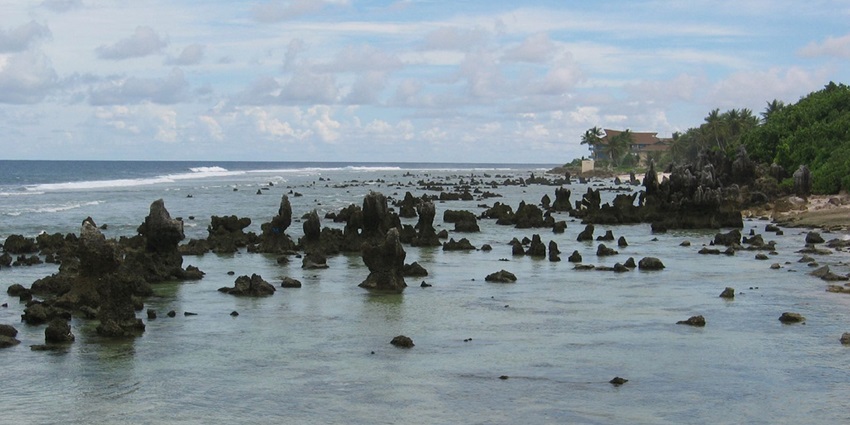
Photo: d-online / Wikimedia Commons
Nauru Island is located in the central Pacific Ocean, about 42 kilometers south of the equator. It is the third-smallest country by land area, covering just 21 square kilometers. The island lies approximately 3,000 kilometers northeast of Australia and 300 kilometers east of Banaba Island in Kiribati. Surrounded by coral reefs, Nauru has no natural deep-water harbors. Its closest international neighbors include the Marshall Islands and the Solomon Islands.
How To Reach

Photo: Carbacca / Wikimedia Commons
There are several ways to travel to The Nauru Island, and here’s how you can plan your journey:
By Bus: Public transport on the island is limited, but some local buses operate within the main settlements.
By Train: There are no rail services on the island, but Nauru’s compact size allows for easy travel by other means.,
By Taxi: Taxis operate in certain parts of the island, providing a convenient way to explore different areas.
By Air: Nauru Airlines operates flights from Australia, Fiji, and other Pacific nations. Flights land at Nauru International Airport, the island’s only air transport hub.
Places To Visit Near The Nauru Island
While exploring The Nauru Island, consider visiting these nearby attractions:
1. Anibare Bay
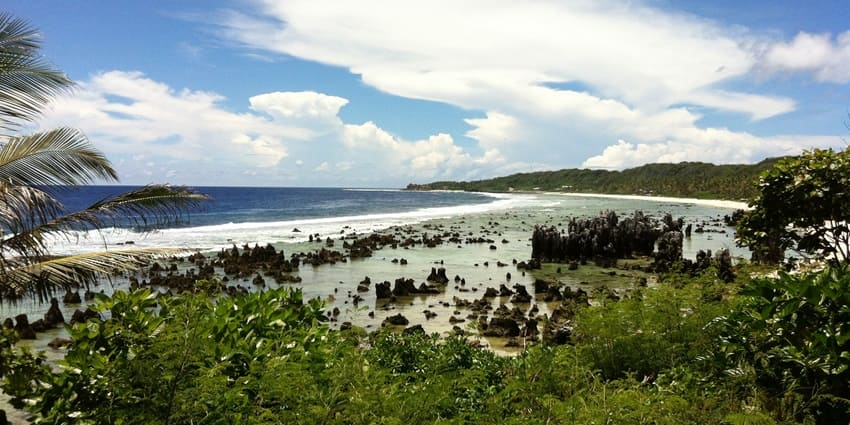
Photo: Sean Kelleher / Wikimedia Commons
Anibare Bay is a well-known coastal destination with crystal-clear waters and soft white sand. The jagged limestone formations along the shoreline create a striking contrast against the blue sea. It is a preferred spot for swimming, though visitors should be cautious due to occasional strong currents. Fishing is another common activity, attracting both locals and visitors. The bay’s natural beauty and accessibility make it a popular gathering place. Sunrise and sunset provide especially stunning views, making it a great location for photography and relaxation.
Major Attraction: Coastal views and fishing spots
Timings: Open all day
Distance From Nauru Island: 2 km
2. Moqua Caves

Photo: Stephan Louis / Unsplash / Image For Representation Only
Moqua Caves offer a fascinating underground experience with clear freshwater pools hidden beneath the surface. These caves provide a cool retreat from the tropical heat, with their rock formations adding to the appeal. Located close to the island’s main town, they are easy to reach. The pools inside reflect the light beautifully, creating a mesmerising effect. However, entry conditions may vary depending on weather patterns. Exploring the caves allows visitors to witness a unique geological formation that has been shaped over time by natural forces.
Major Attraction: Underground freshwater pool
Timings: Open all day
Distance From Nauru Island: 3 km
3. Nauru Museum
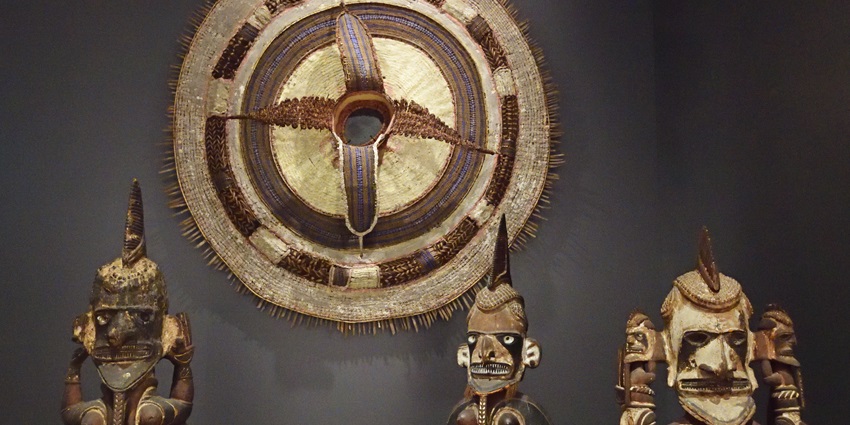
Photo: Dosseman / Wikimedia Commons
The Nauru Museum offers an in-depth look into the island’s past, featuring artefacts from different historical periods. It covers topics such as traditional customs, colonial influences, and the impact of phosphate mining. Visitors can see a range of exhibits, including indigenous tools, wartime relics, and rare photographs. The museum serves as an educational space where both locals and tourists can gain a better understanding of Nauru’s cultural evolution. Its collection highlights the resilience and heritage of the island’s people.
Major Attraction: Historical artefacts
Timings: 9 AM – 5 PM
Distance From Nauru Island: 1 km
4. Anibare Harbour
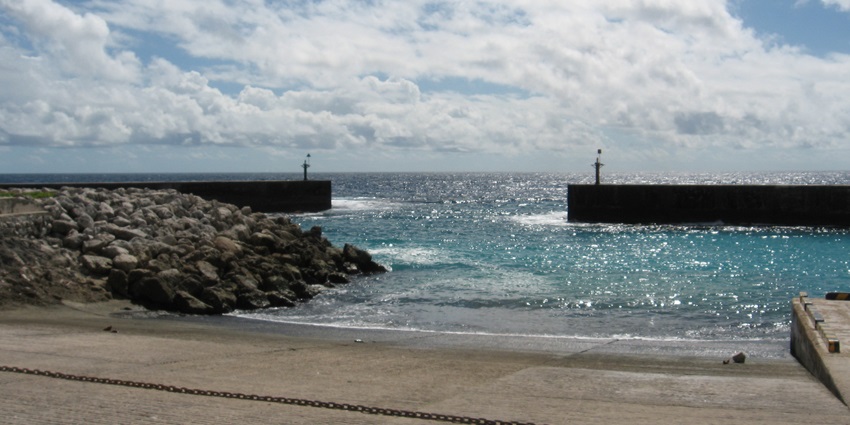
Photo: Vladimir Lysenko (I.) / Wikimedia Commons
Anibare Harbour plays a key role in Nauru’s fishing and transport sectors. It is a hub of daily activity, with fishermen bringing in fresh catches and boats coming and going. Visitors can observe traditional fishing methods in practice, offering a glimpse into the local way of life. The harbour also provides an open view of the ocean, making it a good place to unwind. Those interested in photography can capture the movement of boats and the coastal view, particularly during the early morning or late afternoon.
Major Attraction: Fishing activities and local life
Distance From Nauru Island: 2.5 km
5. Buada Lagoon
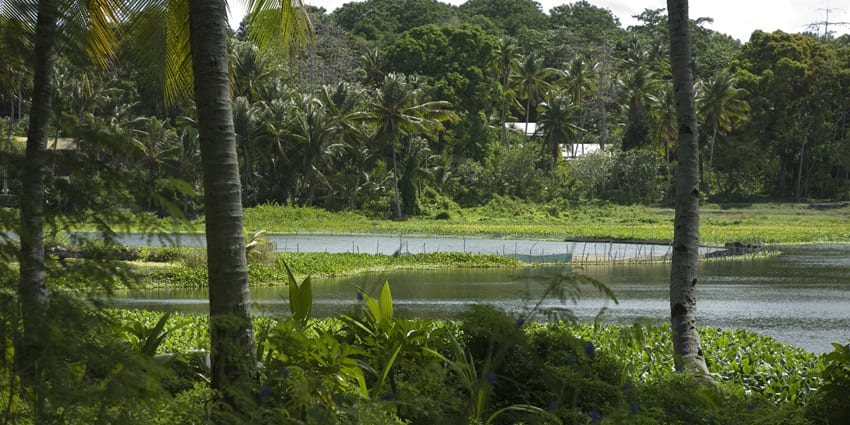
Photo: Lorrie Graham/AusAID / Wikimedia Commons
Buada Lagoon is the only freshwater lagoon on the island, offering a contrast to Nauru’s coastal surroundings. Enclosed by lush greenery, it provides a different view of the island’s surroundings. The still waters reflect the trees, creating a calm setting for visitors looking to explore Nauru’s natural features. Though swimming is not recommended, the area is ideal for quiet walks and observing local flora. It is also a significant site for the community, as it supports various plants and bird species that thrive in its environment.
Major Attraction: Freshwater lagoon and tropical setting
Distance From Nauru Island: 4 km
Where To Stay
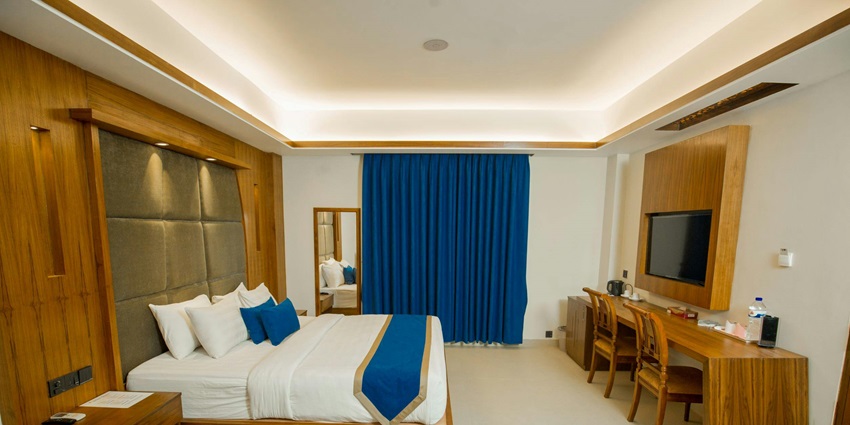
Photo: Jahangir Alam Jahan / Pexels / Image For Representation Only
Accommodation options in Nauru are limited, with only a few available for visitors. The Menen Hotel is the most recognised lodging, offering basic yet functional facilities for both short and long-term stays. The rooms provide necessary comforts such as air conditioning and dining services. Additionally, a few locally operated guesthouses and lodgings offer alternatives, though they typically require direct booking arrangements with local hosts. Visitors should plan accommodations in advance, as choices are scarce.
Where To Eat

Photo: allan ronson / Unsplash / Image For Representation Only
Nauru’s dining scene features a mix of local and international influences, with restaurants offering seafood, Chinese dishes, and Western-style meals. Fresh fish, coconut-based ingredients, and tropical fruits are commonly used in meals, reflecting the island’s resources. Many eateries serve simple, home-cooked-style food, giving visitors a taste of the local way of life. For those who prefer to prepare their own meals, small grocery stores stock imported food items.
Best Time To Visit
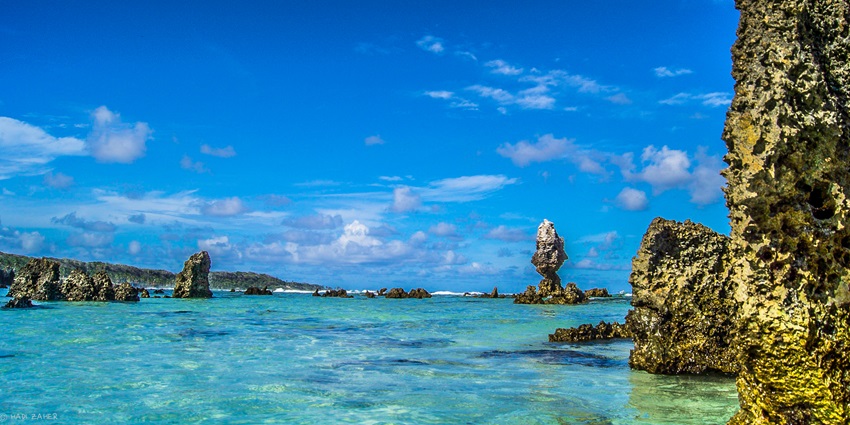
Photo: Hadi Zaher / Wikimedia Commons
The most suitable time to visit Nauru is between May and October, when the climate is relatively dry with minimal rainfall. The island experiences warm temperatures throughout the year, with humidity levels that can feel intense. Visiting during this period reduces the chances of encountering heavy rain, making outdoor activities more manageable. Although occasional showers may still occur, they are usually short-lived. Visitors should wear light, breathable clothing and stay hydrated to remain comfortable in the tropical environment. Planning trips around this season enhances the chances of pleasant weather conditions.
Other Factors To Consider

Photo: Kindel Media / Pexels / Image For Representation Only
Average Cost Of The Trip
Traveling to Nauru typically costs between AU$2,000 and AU$3,500 per person, covering flights, accommodations, and meals. Prices may fluctuate based on the time of travel, lodging preferences, and dining choices. Since flights to Nauru are limited, booking tickets in advance can help manage expenses. Accommodation costs vary, with guesthouses generally being more affordable than hotel stays. Visitors opting for self-catering can reduce food expenses by purchasing groceries. Proper planning allows travelers to budget effectively while making the most of their trip to this remote island destination.
Tips For Travellers
- Carry sufficient cash, as ATMs are limited.
- Plan transport in advance due to limited public options.
- Be mindful of swimming conditions at beaches.
- Respect local customs and seek permission before taking photographs of residents.
- Carry insect repellent due to the tropical climate.
The Nauru Island presents an opportunity to explore one of the smallest countries in the Pacific. Visitors can discover historical remnants from World War II, coastal cliffs, and phosphate mines that shaped the island’s past. The local culture, reflected in traditions and cuisine, adds to the experience. Since the island has limited transport and lodging options, booking in advance is essential. Whether exploring coral reefs or visiting inland plateaus, planning ahead ensures a hassle-free trip. Travel with TripXL for a well-organized journey.
Cover Photo: Winston Chen / Unsplash


 WhatsApp
WhatsApp
 Twitter
Twitter









